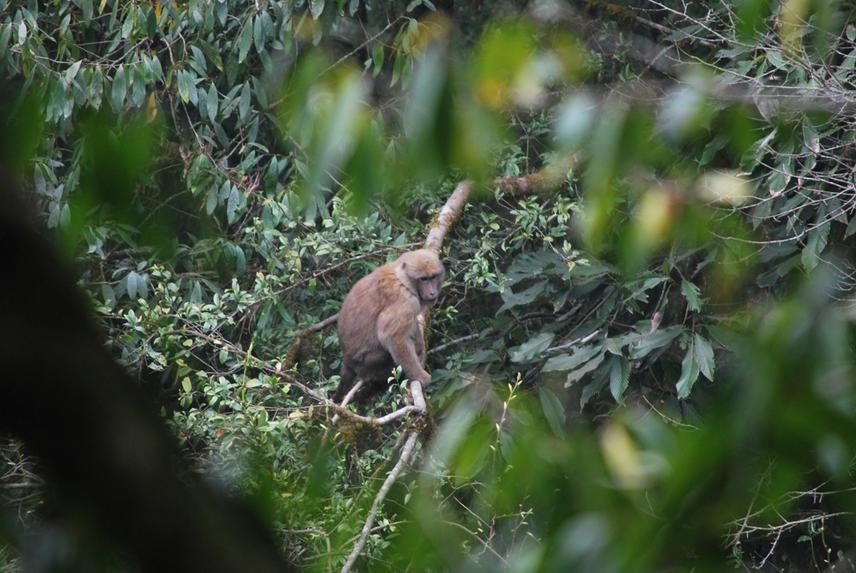Ganga Ram Regmi
Other projects
14 Feb 2008
Population Status, Threats and Conservation Measures of the Assamese Macaque in Langtang National Park, Nepal
25 Jun 2009
Community Outreach and Conservation Education Programme for the Conservation of Assamese Macaques in Langtang National Park, Nepal
16 Jan 2012
Mapping Crop-Raiding Hotspots and Predicting Actual Crop-Raiding Risk Using a Spatial (GIS) Model for Alleviating People-Primate Conflict in Nepal
The project will focus to minimize/mitigate Human-Assamese monkey conflict, support the farmers to improve their livelihood and foster them in conservation activities in Upper Mai Valley.

Assamese monkey in east Nepal. © Kamal Kandel - Global Primate Network)
The Assamese monkeys are one of the notorious crop-raiders and raid the major crops (maize, potato and cereals) and these crop-raiding problems are more intense and frequent in the vicinity of forest edge (<400 m) and drop significantly beyond this distance from the forest edge (Regmi et al. 2013). The maize, potato and cereals are the major crops grown by local farmers in hilly regions of Nepal. The rural farmers’ livelihood mainly depends on these crops. Therefore raiding such crops by monkeys make farmers antagonistic and intolerant in the vicinity of their farms and ultimately persecute or kill the monkeys as a solution. These issues are more serious in the vicinity of unprotected forests in East Nepal.
Therefore, the proposed project will focus Upper Mai Valley to mitigate Human-Assamese monkey conflict and will support the farmers to improve their livelihood by providing training for growing high-value cash-crops in the vicinity of forest edge which ultimately motivate them to protect the threatened Assamese monkey in the unprotected forests.